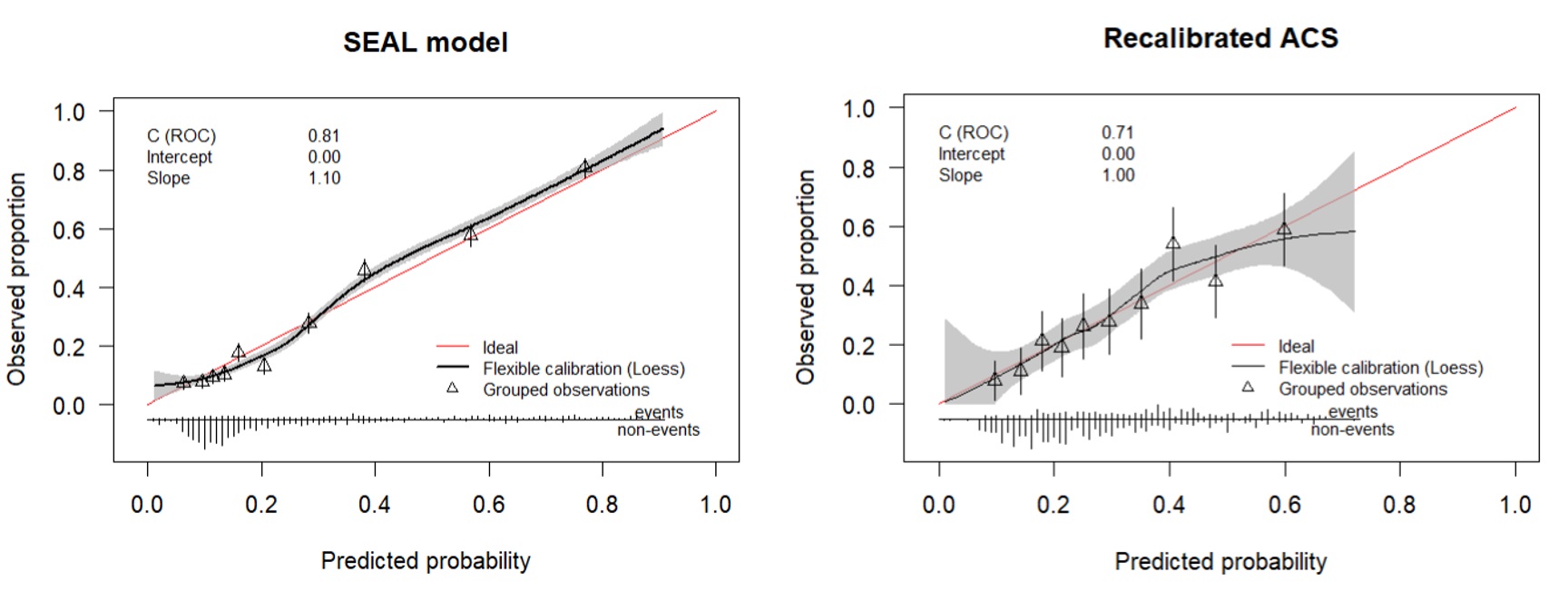Development and internal validation of a clinical prediction model for serious complications after emergency laparotomy
Development and internal validation of a clinical prediction model for serious complications after emergency laparotomy
Our latest research was just published and is openly accessible in the European Journal of Trauma and Emergency Surgery (European Society for Trauma and Emergency Surgery), 31 August 2023.
Development and internal validation of a clinical prediction model for serious complications after emergency laparotomy
by
Stamatios Kokkinakis, Evangelos I. Kritsotakis, Konstantinos Paterakis, Garyfallia-Apostolia Karali, Vironas Malikides, Anna Kyprianou, Melina Papalexandraki, Charalampos S. Anastasiadis, Odysseas Zoras, Nikolas Drakos, Ioannis Kehagias, Dimitrios Kehagias, Nikolaos Gouvas, Georgios Kokkinos, Ioanna Pozotou, Panayiotis Papatheodorou, Kyriakos Frantzeskou, Dimitrios Schizas, Athanasios Syllaios, Ifaistion M. Palios, Konstantinos Nastos, Markos Perdikaris, Nikolaos V. Michalopoulos, Ioannis Margaris, Evangelos Lolis, Georgia Dimopoulou, Dimitrios Panagiotou, Vasiliki Nikolaou, Georgios K. Glantzounis, George Pappas-Gogos, Kostas Tepelenis, Georgios Zacharioudakis, Savvas Tsaramanidis, Ioannis Patsarikas, Georgios Stylianidis, Georgios Giannos, Michail Karanikas, Konstantinia Kofina, Markos Markou, Emmanuel Chrysos, and Konstantinos Lasithiotakis
Access the full paper via:
ABSTRACT
Purpose
Emergency laparotomy (EL) is a common operation with high risk for postoperative complications, thereby requiring accurate risk stratification to manage vulnerable patients optimally. We developed and internally validated a predictive model of serious complications after EL.
Methods
Data for eleven carefully selected candidate predictors of 30-day postoperative complications (Clavien-Dindo grade > = 3) were extracted from the HELAS cohort of EL patients in 11 centres in Greece and Cyprus. Logistic regression with Least Absolute Shrinkage and Selection Operator (LASSO) was applied for model development. Discrimination and calibration measures were estimated and clinical utility was explored with decision curve analysis (DCA). Reproducibility and heterogeneity were examined with Bootstrap-based internal validation and Internal–External Cross-Validation. The American College of Surgeons National Surgical Quality Improvement Program's (ACS-NSQIP) model was applied to the same cohort to establish a benchmark for the new model.
Results
From data on 633 eligible patients (175 complication events), the SErious complications After Laparotomy (SEAL) model was developed with 6 predictors (preoperative albumin, blood urea nitrogen, American Society of Anaesthesiology score, sepsis or septic shock, dependent functional status, and ascites). SEAL had good discriminative ability (optimism-corrected c-statistic: 0.80, 95% confidence interval [CI] 0.79–0.81), calibration (optimism-corrected calibration slope: 1.01, 95% CI 0.99–1.03) and overall fit (scaled Brier score: 25.1%, 95% CI 24.1–26.1%). SEAL compared favourably with ACS-NSQIP in all metrics, including DCA across multiple risk thresholds.
Conclusion
SEAL is a simple and promising model for individualized risk predictions of serious complications after EL. Future external validations should appraise SEAL's transportability across diverse settings.

Figure 2. Calibration curves of the SEAL and recalibrated ACS-NSQIP models for serious postoperative complications. A loess line (black) depicts the degree of agreement between predicted probabilities and observed proportions, while the red line represents the ideal calibration. ROC Receiver Operating Characteristic area, Loess locally estimated scatterplot smoothing
